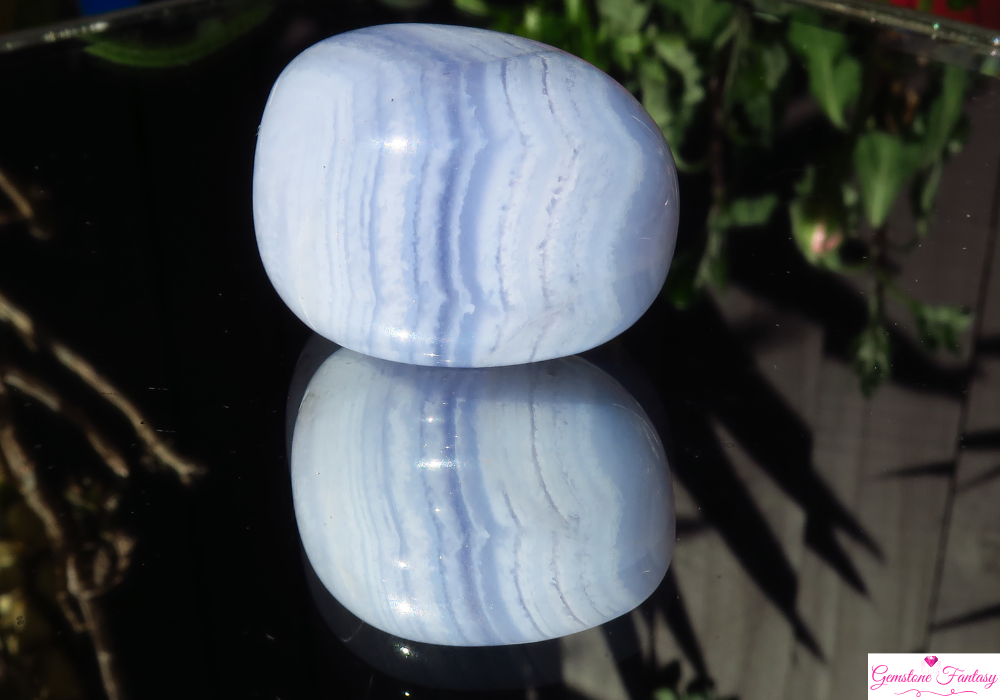Turquoise is a striking blue-green mineral celebrated for its vibrant color and unique veining patterns. This stone has been valued for thousands of years, not only for its aesthetic appeal but also for its cultural significance and metaphysical properties. Its name, derived from the French word for “Turkish,” reflects its historical trade routes and connections to various ancient civilizations.
Geological Formation
Turquoise is a hydrous phosphate of copper and aluminum, forming in a range of geological environments.
- Formation Process: Turquoise typically forms in arid regions where copper-bearing minerals are present. It develops through the alteration of these minerals in the presence of phosphates and water, often within the oxidized zones of copper deposits.
- Chemical Composition: The chemical formula for turquoise is CuAl6(PO4)4(OH)8⋅4H2OCuAl_6(PO_4)_4(OH)_8 \cdot 4H_2OCuAl6(PO4)4(OH)8⋅4H2O, combining copper and aluminum with water and phosphate.
- Primary Locations: Significant deposits of turquoise are found in countries such as the United States (particularly Arizona and New Mexico), Iran, China, and Tibet, with each region producing stones with distinct color variations and qualities.
Varieties and Classifications
Turquoise comes in several varieties, each characterized by unique colors, patterns, and origins.
- Natural Turquoise: This type is mined directly from the earth and remains unaltered or untreated, showcasing its true beauty.
- Stabilized Turquoise: A treatment process enhances the stone’s durability and color, making it more suitable for jewelry. Stabilized turquoise is often infused with resin to improve its structural integrity.
- Reconstituted Turquoise: This variety is made from crushed turquoise pieces that are bonded with resin or dye to create a more uniform color and texture. While it is less valuable than natural turquoise, it is often used in affordable jewelry.
Cultural Significance and Folklore
Turquoise has played a significant role in various cultures throughout history, symbolizing protection, healing, and spiritual grounding.
- Ancient Civilizations: Turquoise was highly valued by ancient Egyptians, who used it in jewelry and burial artifacts. The stone was considered a symbol of life and protection against evil spirits.
- Native American Traditions: In Native American cultures, turquoise is regarded as a sacred stone, believed to bring good fortune, health, and protection. It is often incorporated into traditional jewelry and ceremonial items.
- Symbolism of Healing and Protection: Turquoise is thought to promote emotional balance and mental clarity, acting as a protective talisman against negative energies.
Birthstone and Zodiac Connections
Turquoise is associated with specific birth months and zodiac signs.
- Birthstone: Turquoise is one of the traditional birthstones for December, symbolizing protection and serenity. It is often gifted to celebrate birthdays, anniversaries, and other significant occasions.
- Zodiac Sign: Turquoise is linked to several zodiac signs, including Sagittarius and Aquarius. Its calming energy is believed to enhance intuition and wisdom in individuals born under these signs.
Healing and Metaphysical Properties
Turquoise is widely recognized for its healing properties and is often used in crystal healing practices.
- Emotional Healing: Turquoise is believed to provide comfort and peace, helping to alleviate stress, anxiety, and negative emotions. It encourages honest communication and self-expression.
- Physical Healing: In alternative healing, turquoise is thought to support the immune system, enhance detoxification, and improve overall physical health. It is also associated with healing ailments related to the throat, lungs, and respiratory system.
- Spiritual Growth: Turquoise is seen as a stone of spiritual wisdom, promoting connection with higher consciousness and enhancing meditative practices. It encourages personal growth and transformation.
Popular Uses in Jewelry and Design
Turquoise’s unique colors and patterns make it a favorite in various types of jewelry and decorative arts.
- Necklaces and Pendants: Turquoise is often featured in statement necklaces and pendants, showcasing its vibrant color and intricate veining.
- Bracelets: Beaded bracelets made from natural turquoise are popular for their beauty and comfort, often worn for both style and their supposed healing properties.
- Rings and Earrings: Turquoise is commonly used in rings and earrings, adding a touch of color and elegance to any outfit.
- Decorative Items: In addition to jewelry, turquoise is also used in various decorative items, such as inlaid boxes, sculptures, and home decor pieces.
How to Identify Authentic Gemstones
Identifying genuine turquoise requires knowledge of its unique characteristics.
- Color and Pattern: Authentic turquoise has a vibrant blue or green color, often with distinctive veining or matrix patterns. Be cautious of overly uniform colors, which may indicate a synthetic or treated stone.
- Hardness: Turquoise has a Mohs hardness rating of 5 to 6, meaning it can be scratched by harder materials. A genuine turquoise stone will feel relatively soft to the touch.
- Heat and Acid Test: Turquoise does not hold up well against heat and certain acids. A drop of vinegar or lemon juice will cause a reaction on synthetic stones, while natural turquoise remains unaffected.
Tips for Caring and Storing
Proper care can help maintain the beauty and integrity of turquoise jewelry.
- Cleaning: Clean turquoise with mild soap and water, using a soft cloth to avoid scratching the surface. Avoid harsh chemicals and ultrasonic cleaners that may damage the stone.
- Storage: Store turquoise jewelry in a soft pouch or lined jewelry box to prevent scratches from harder stones. Keep it away from direct sunlight and extreme temperatures to preserve its color.
- Handling: Turquoise is relatively durable but can be prone to chipping if dropped or struck against hard surfaces. Handle with care to avoid damage.
Market Trends and Pricing
The demand for turquoise has seen fluctuations in recent years, influenced by fashion trends and mining practices.
- Pricing: Prices for turquoise can vary significantly based on quality, origin, and treatment. Natural turquoise can range from $20 to over $1,000 per carat, depending on its color, clarity, and market demand.
- Market Trends: The rise in interest for sustainable and ethically sourced gemstones has led to an increased demand for natural and untreated turquoise. Collectors often seek high-quality specimens from reputable sources.
Final Thoughts
Turquoise is a gemstone that encapsulates beauty, history, and cultural significance. Its vibrant colors and unique properties make it a favorite among jewelry enthusiasts and collectors alike. Whether worn for its aesthetic appeal or its metaphysical associations, turquoise continues to shine brightly in the world of gemstones, symbolizing protection, healing, and serenity for those who embrace its charm.

















